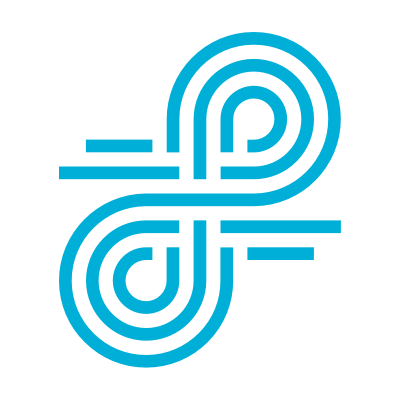In a recent customer survey, we asked the question, “What do you like most about Lightspeed Systems?” One of the top answers was our products’ reporting.
We’ve continued to optimize the reporting in Relay to bring you the best experience. Whether you have 100 students or 100,000, your filter reports need to be intuitive, detailed, and able to surface critical student web activity.
Here are four ways Relay reports empower IT to utilize device activity data to its fullest potential.
1. They’re visual.
Other filter reports show just a list of sites students have visited. This doesn’t cut it — not when IT has limited time and resources. Relay makes it easy to see at a glance what students are browsing and delivers visual reports for quick takeaways.
Relay’s Internet Overview reports provide interactive, easy-to-understand information on your students. View overall activity over time, or drill into specific categories to learn what sites students visited and when.
When you need to dive into activity of a specific student, User Overview Reports help you get granular. View the student’s activity over time; risk factors of suspicious or dangerous activity; top sites and searches; and much more in one place.
2. They make sharing valuable information easy.
Sharing reports is essential to inform administration, teachers, and parents of student activity. This information must be clear to the recipient as well as actionable.
When reviewing a User Overview, IT can share a secure link with whomever needs to review the student’s activity. The shared report has all the details that the User Overview report displays in Relay.
3. They surface dangerous and suspicious behavior immediately.
IT has limited time and resources, so they can’t spend hours digging into reports to learn about unusual or dangerous behavior. That’s why Relay makes critical information easily accessible to help identify students who may need help.
Dive into Flagged Content in the User Overview to see any suspicious student device activity that raised flags.
Need to dive into blocked activity? You can find this in the User Overview, too.
4. They make all the data make sense.
How are your devices being used? Are your paid web resources being used frequently enough to justify their costs? What are students really doing on the web?
We take all relevant data and roll it up so you can see activity trends at a glance. Look at high-level views of web content categories and how often they’re being accessed. Learn which educational resources are being used most, and which search words and phrases are trending.
Relay takes the guesswork out of what students are really doing on their devices.
Some solutions on the K-12 filtering market have very limited reporting capabilities. We think reporting is the core of Relay’s ability to deliver actionable information to IT, administration, teachers, and parents. Reporting should empower schools to understand how students use their devices and be robust enough to keep students safe with surfaced insights on dangerous activity.

